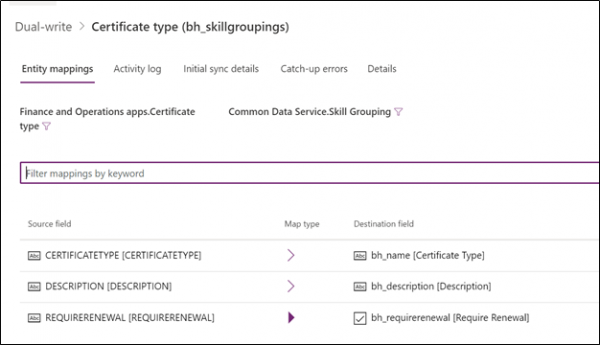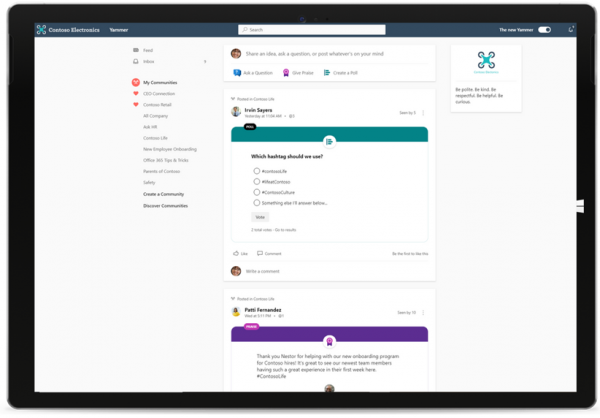
When a client was looking for a way to unify data stored in Dynamics 365 Finance and Operations and their CRM, the new Dual-write feature was the obvious solution. This out-of-box infrastructure allows seamless interactions between ERP and CRM apps, made possible through bidirectional integration between Dynamics 365 Finance and Operations and the Common Data Service.
Aside from being able to address the immediate request of the client, the feature also promises a number of benefits for any organisation that utilises an ERP.
First of all, its near-real-time and bidirectional integration makes Dynamics 365 an all-in-one business solution. Writing little-to-no code, users can also allow all important data and the IoT (internet of things) to automatically flow to the Common Data Service. This is especially beneficial for those wanting Power Platform expansions.
Since it’s relatively new and there’s still much to explore, working with Dual-write was certainly fulfilling. However, it was not without its challenges due to the lack of documentation. Luckily, I was able to learn a couple of tips along the way to make it easier for the next person. Here are those tips.
Understand how entities behave in Dynamics 365 Finance and Operations

Before you think about syncing through Dual-write, you have to understand how entities behave in Dynamics 365 Finance and Operations. It’s easy to match and map entities with similar names in Dynamics 365 Finance and Operations and your CRM, but it’s a whole different story when you get to actually configure the entity mappings on Dual-write.
Since Dynamics 365 Finance and Operations is an ERP system, its entities are usually part of a bigger process. This means any back-end processes like customisations or data syncs can impact another process. Once a prospect entity match is made between a CRM entity and a Finance and Operations entity, try to test out how the latter works out-of-box first. This is so you’ll know how it should behave once you run the Dual-write sync.
Learn the basics of OData URI filter expressions

If you’ve been a long-time user of Dynamics 365 Finance and Operations (and previous versions), you’re probably familiar with filtering or using queries in grids or in inquiry windows. If that’s true, then you’re all set for filtering data from FO. However, when you’re trying to filter the data that’s coming from CRM to be synced to FO, you’ll need to learn the basics of Open Data Protocol (OData) URI filter expressions first.
OData provides protocol for the creation and consumption of data. It lets developers interact with data via RESTful web services, enables broad integration across products, allows integration through the HTTP protocol stack, and more.
By filtering expressions in OData URIs, you limit the results that are returned. Learn more about this through the official documentation.
Stay up to date

Join the Yammer community for Dual-write, and regularly check the Microsoft documentation site for feature updates.
The Yammer group is a treasure trove of information. You can get answers to questions you’d never get by simply googling. You’d also get answers from the Microsoft people themselves!
Technology is rapidly changing, and so do Microsoft’s features and documentations. I’ve experienced it first hand over two months of configuring and testing the feature. A quick look into the official Dual-write documentation will make you realize that some procedures have changed. Not only will joining the Yammer group help you stay up to date, but it can also help your client since you’ll need to update that manual you created for them.
The Dual-write infrastructure is certainly a helpful tool for sharing data across applications. When you need to adopt for easy data transfer between Finance and Operations and your CRM, save time and effort by following these tips.
What’s next?
Dual-write for Dynamics 365 Finance and Operations is just one part of the solution. To ensure that you are maximising your Dynamics 365 and Power Platform investments, you can work with Barhead to employ the services of their Centre of Excellence (CoE). Solutions provided are flexible and tailor-made for your organisation. Services include project implementation, governance, business and IT planning. All services come with a wide range of resources and services, depending on your organisation’s requirements.




